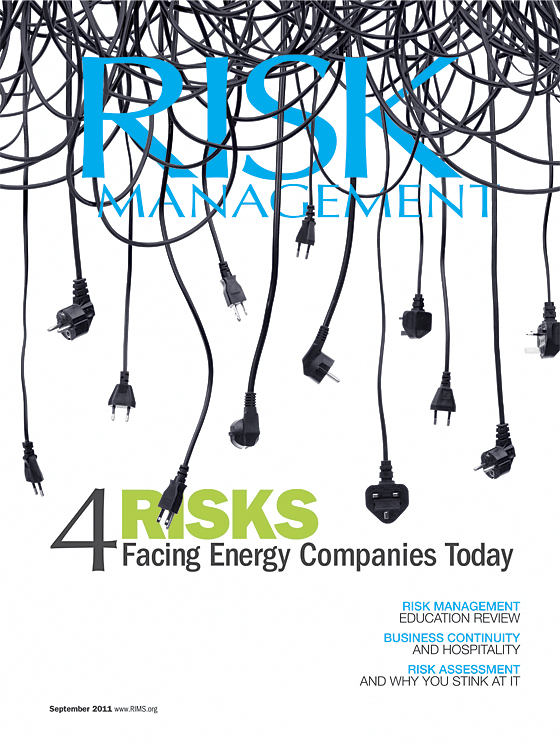
According to the National Restaurant Association, nearly 13 million people are employed in the U.S. restaurant industry. And even in our current economic climate, the industry is expected to hire more than 1 million additional restaurant workers in the next decade. That’s good news for such a risky business sector. Even during the best of times, the restaurant survival rate is low. One Ohio State University study found that 59% of new restaurants closed within three years.
With the odds stacked against them, the last thing any restaurant owner wants is to lose money – not from lack of customers – but rather from an imperfect understanding of the federal and state restaurant industry compliance regulations governing their employees.
The physically demanding work and reliance on tips as remuneration for employees places restaurants in a unique position when it comes to federal and state industry labor regulations. There are several key areas of the law of which restaurant owners should be aware to prevent expensive and time consuming audits or lawsuits.
The primary law impacting restaurants is the Fair Labor Standards Act (FLSA). The FLSA a federal law setting minimum requirements for the working conditions and compensation of workers.
All restaurant employees are entitled to certain wages and benefits. The federal minimum wage is currently $7.25 per hour for non-exempt employees. Be wary: individual states may have higher minimum wages. Check the laws of your state to be sure.
This minimum wage standard is uniquely applied for “tipped” employees or those who make more than $30 a month in tips. Many restaurant owners can take credit for a certain amount of money their workers earn in tips and apply it to the payment of the minimum wage. Different states regulate this area of the law in different ways.
All employers must inform their employees in advance if they intend to count tips towards the minimum wage, and they must provide evidence to the government that the employees are receiving at least the minimum wage after combining wages and tips.
If employees are required to work more than 40 hours a week, they must receive overtime pay at a rate of at least 1.5 times the employee’s regular hourly pay rate. The National Restaurant Association’s website provides guidelines on How to Calculate Overtime for Tipped Employees.
Furthermore, if any of your employees are under the age of 18, there are special laws that apply to their working conditions. Minor and adult employees are both entitled to the same minimum pay and overtime protections. However, minors are also subject to federal youth employment regulations. More information about employing minor workers is available at the Department of Labor website that focuses on youths.
Navigating the maze of labor regulations that apply to the restaurant industry can be a daunting task. With careful planning and research, however, employers can minimize their risk in an already risky business venture.
(For more on risk management within the hospitality industry, check out the September issue of Risk Management.)



